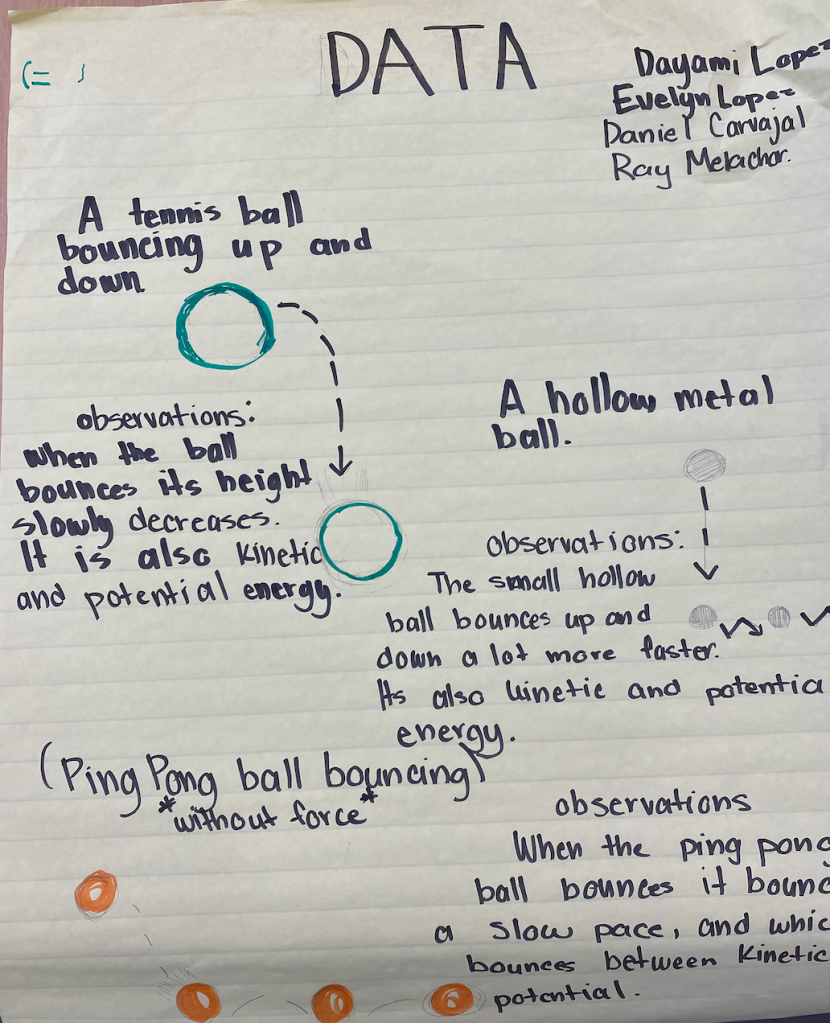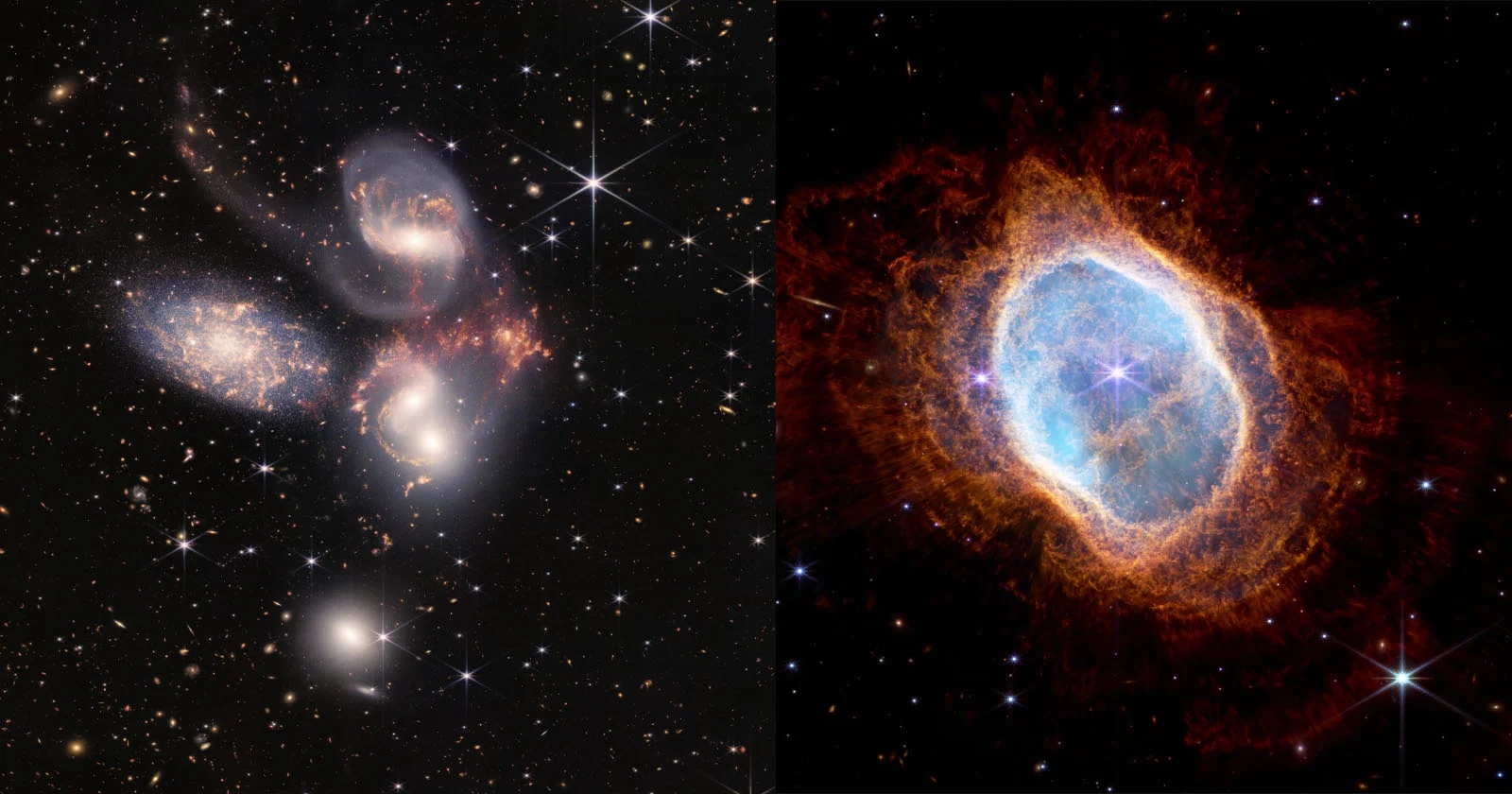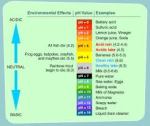Getting caught on blogging on Thanksgiving break.. have been a little busy so I am posting some of the highlights of my life long learning and getting paid to do it. 🙂
Last month, my sixth grade students students learned about the six simple machines. On a walking field trip just around the school yard and the neighborhood, it became crystal clear that everyday objects were powered by the simple machines.
The lever became a point of discussion as we saw them everywhere so we decided to build one of the most famous of all medieval catapults but with a middle school twist. Students learn about catapults, including the science and math concepts behind them, as they prepare for the associated activity in which they design, build and test their own catapults. They learn about force, accuracy, precision and angles. Using only a few household items and limited building time, a competition ensued on who could hurl a giant marshmallow the furthest.
In this “LESSON” students analyze data to determine if a design solution works as intended to change the speed or direction of an object with a push or a pull.
Plan and conduct an investigation to compare the effects of different strengths or different directions of pushes and pulls on the motion of an object but most importantly
They had fun and they got to eat marshmallows.
This slideshow requires JavaScript.
























 CO2. The beauty of the human body is that the blood and circulatory system work to keep everything in balance but certain chronic illnesses can affect that
CO2. The beauty of the human body is that the blood and circulatory system work to keep everything in balance but certain chronic illnesses can affect that 



























